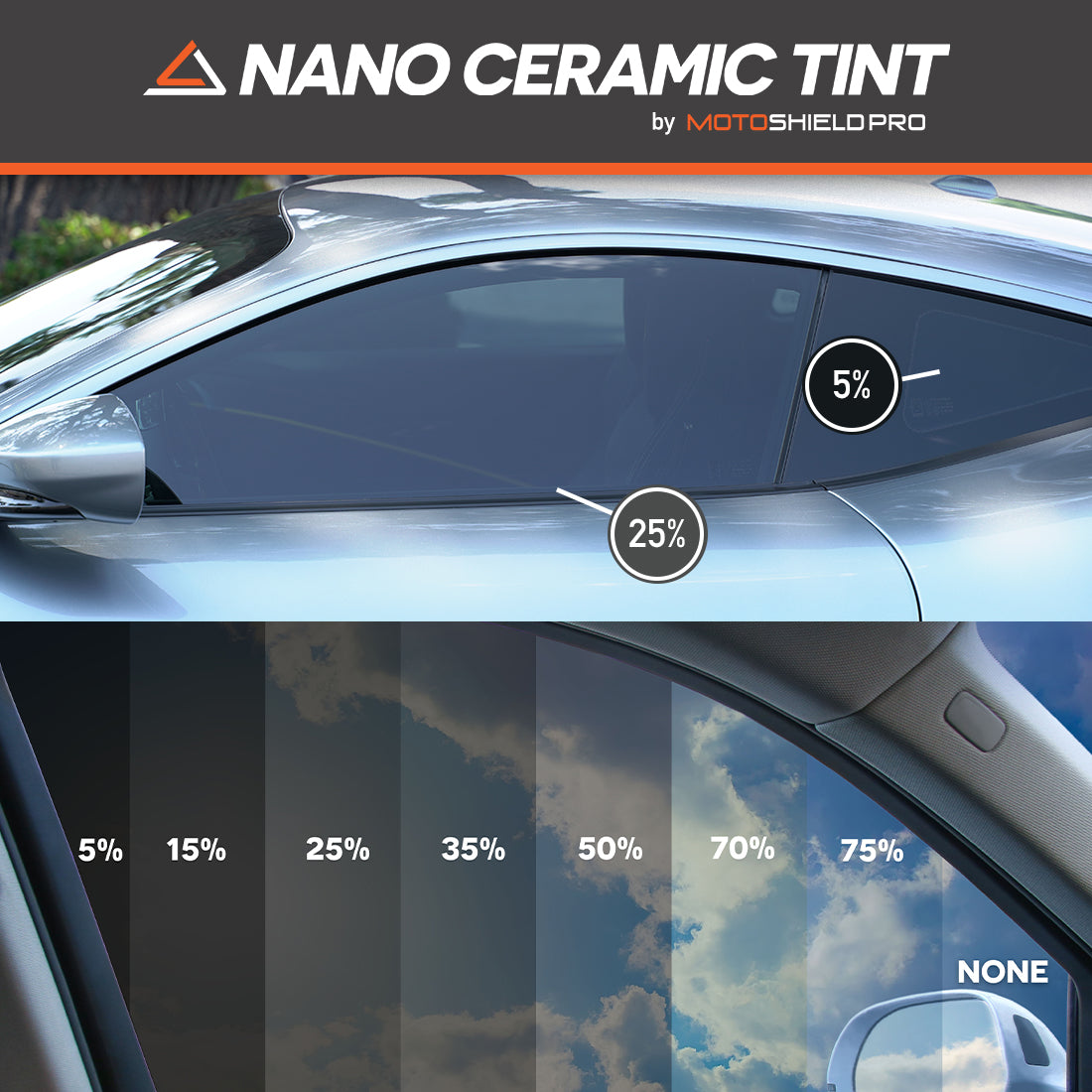Top-Rated Automobile Window Tinting Providers in Your Area
Top-Rated Automobile Window Tinting Providers in Your Area
Blog Article
Home Window Tinting Rules and Guidelines: What You Required to Know Before Tinting Your Cars And Truck
Prior to continuing with window tinting for your car, it is vital to familiarize yourself with the varied legislations and guidelines that govern this practice throughout various states. These laws determine the permitted degrees of color darkness, often measured by visible light transmission (VLT) portions, and consist of details stipulations for front windscreens aimed at ensuring road safety.
Review of Window Tinting Regulations
Window tinting laws are often subject to variation throughout various jurisdictions, reflecting neighborhood regulations and safety and security factors to consider. These laws dictate the allowable degrees of color darkness and reflectiveness on automobile home windows, guaranteeing that motorists keep ample presence while additionally safeguarding against harmful UV rays and heat.
Many policies classify home window tinting based upon the Visible Light Transmission (VLT) percentage, which shows the quantity of light that can go through the home window. Typically, lower VLT percentages represent darker tints. Laws usually separate in between the front, side, and back windows, with more stringent restrictions put on the front windscreen to boost safety for both the motorist and other road individuals.
Additionally, some jurisdictions impose constraints on the reflectivity of the tint, preventing extreme glare that can hinder presence. Exemptions to these legislations might exist for people with certain medical problems calling for extra sun defense. Conformity with home window tinting regulations is crucial, as infractions can cause penalties, compulsory elimination of the tint, and prospective boosts in insurance coverage costs. As a result, it is vital for automobile owners to acquaint themselves with local legislations prior to continuing with home window tinting installations.
State-by-State Color Rules
Comprehending the particular window tinting guidelines in each state is important for automobile owners seeking to conform with the legislation. Each state in the united state has actually developed its very own set of regulations governing window tinting, which can differ considerably. These laws usually dictate the allowed levels of color darkness, the kinds of windows that can be tinted, and any kind of clinical exceptions that might apply.
For instance, states like The golden state have strict restrictions on tint darkness for front windows, while others, such as New Mexico, might enable darker tints. Additionally, particular states mandate details visibility percents for different home windows, consisting of the windshield, front side home windows, and back windows. It is essential for automobile owners to acquaint themselves with their state's laws to stay clear of potential penalties or penalties.
Furthermore, some states may need an accreditation sticker to be placed on colored home windows, showing conformity with state regulations. Failing to comply with these policies not only runs the risk of lawful consequences yet can additionally affect safety and presence while driving. For that reason, car proprietors should carry out extensive research or get in touch with local authorities to make certain full understanding and compliance with state-by-state tint guidelines.
Allowed Tint Kinds and levels
Many car proprietors may be stunned to discover that enabled tint degrees and types differ extensively throughout different states. Each state has actually established its very own laws regarding the acceptable darkness and reflectivity of home window tint, commonly determined by Visible Light Transmission (VLT) portions. VLT describes the quantity of light that can go through the colored windows; thus, a lower portion suggests a darker color.

Additionally, the types of tint products allowed can differ, with some states banning mirror-like or metallic surfaces. It is important for lorry owners to familiarize themselves with their state's particular laws to ensure conformity. Non-compliance can lead to penalties, compulsory removal of the color, or other lawful consequences, making it essential to recognize these guidelines prior to continuing with installation.
Medical Exceptions for Tinting
While not all states offer allocations for medical exceptions pertaining to window tinting, those that do identify the need for certain individuals to enhance visibility and convenience because of clinical problems. Different clinical conditions, such as lupus, skin cancer, and particular eye conditions, can make people specifically sensitive to sunshine. These individuals may require darker tints to shield themselves from hazardous UV rays and glow.

It is necessary to keep in mind that despite a medical exception, there may still be constraints on the level of tint permitted. Conformity with state regulations makes sure that individuals are both safeguarded and within legal moved here limits. Those thinking about clinical exemptions should contact their local Division of Motor Vehicles or comparable authority to recognize the treatments and needs necessary to look for an exemption efficiently.
Charges for Non-Compliance
Failing to abide with home window tinting regulations can lead to substantial charges, which vary by state. Regulation enforcement companies are equipped to release citations for cars that do not comply with the specified tinting guidelines. These penalties typically consist of fines, which can range from small amounts to a number of hundred bucks, depending on the seriousness of the infraction and the state concerned.
In some territories, repeated offenses may cause rising fines or extra penalties, such as obligatory court appearances. Furthermore, non-compliance might necessitate the elimination of illegal tinting, frequently at the owner's expenditure. In extreme situations, habitual culprits may encounter suspension of their lorry registration up until compliance is accomplished.
Additionally, insurance implications might arise from obtaining multiple citations for window color infractions. Insurers might view such infractions as a sign of riskier habits, potentially leading to increased costs or problem in protection.
To prevent these fines, it is essential for automobile owners to acquaint themselves with their neighborhood home window tinting legislations and guarantee that their vehicle complies (Window Tinting). This proactive technique not just prevents lawful implications but additionally promotes roadway safety
Final Thought

Many policies classify home window tinting based on the Visible Light Transmission (VLT) percent, which suggests the amount of light that can pass through the window. Conformity with window tinting policies is vital, as infractions can result in fines, required elimination of the color, and prospective rises in insurance costs.Understanding the details window tinting policies in each state is important for lorry proprietors looking for to comply with the law. These regulations frequently dictate the allowable degrees of tint darkness, the types of home Get More Information windows that can be tinted, and any type of clinical exceptions that may use.
For instance, states like The golden state have strict limitations on color darkness for front windows, while others, such as New Mexico, may allow darker tints.
Report this page